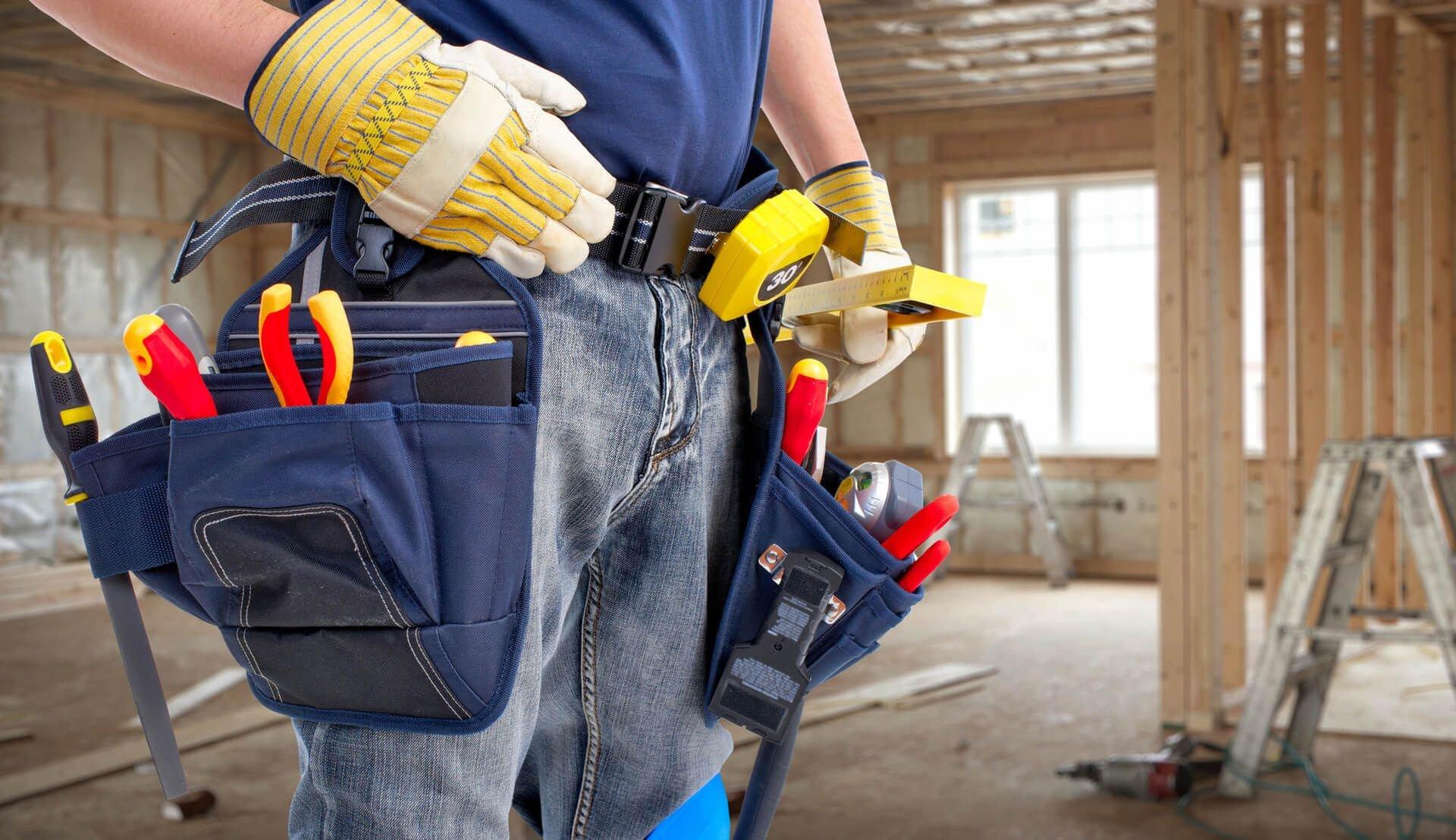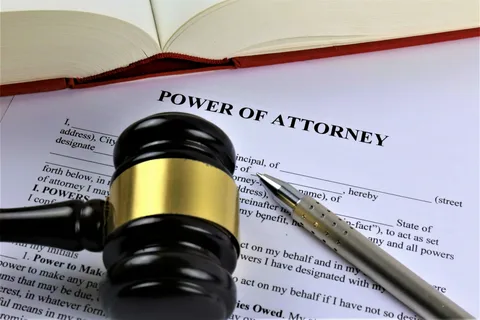Prison and jail facilities play crucial but distinct roles within the criminal justice system. While both are correctional institutions designed to detain individuals, they serve different purposes and functions. This article explores the varied roles of prison and jail facilities and their significance in the criminal justice system.
Jail Facilities: Short-term Detention and Pretrial Holding
- Detaining Pretrial Individuals: One of the primary functions of jails is to detain individuals who have been arrested and are awaiting trial. These individuals may be unable to post bail or have not yet had their day in court.
- Short-term Sentences: Jails also house individuals serving short-term sentences, typically for misdemeanor offenses or low-level crimes. The length of confinement in jails is usually limited to a year or less.
- Temporary Holding: In some cases, jails serve as temporary holding facilities for offenders before they are transferred to prison or other long-term correctional institutions.
Prison Facilities: Long-term Incarceration and Rehabilitation
- Long-term Confinement: Prisons are designed for long-term incarceration and serve as the main correctional facilities for individuals convicted of serious crimes. Offenders sentenced to prison spend a considerable period, often measured in years, behind bars.
- Felony Convictions: Prisons primarily house individuals convicted of felonies, which are more serious crimes such as murder, robbery, drug trafficking, or sexual assault.
- Rehabilitation and Corrections: Besides confinement, prisons focus on rehabilitation and corrective programs aimed at reducing recidivism and preparing inmates for reintegration into society upon release.
Distinction in Management and Security
- Jail Management: Jails are typically managed and operated at the local level, often by county or municipal authorities. As such, they are responsible for the custody and welfare of pretrial detainees and short-term inmates.
- Prison Management: Prisons are under the jurisdiction of state or federal governments, and they are responsible for long-term confinement and rehabilitation of convicted felons. They have various security levels, ranging from minimum-security facilities to maximum-security institutions.
Significance in the Criminal Justice System
- Legal Proceedings: Jails are essential for the judicial process, providing a secure location for pretrial individuals while they await their court appearances.
- Punishment and Rehabilitation: Prisons serve as the primary means of administering punishment and rehabilitation for individuals convicted of serious crimes. They aim to deter criminal behavior and facilitate inmates’ successful reentry into society after their release.
Conclusion
Prison and jail facilities play distinct and vital roles within the criminal justice system. While jails focus on short-term detention and pretrial holding, prisons handle long-term incarceration and rehabilitation for individuals convicted of felonies. Understanding the varied purposes and functions of these facilities is essential in comprehending the criminal justice system’s approach to correctional management and ensuring public safety and justice for all.






